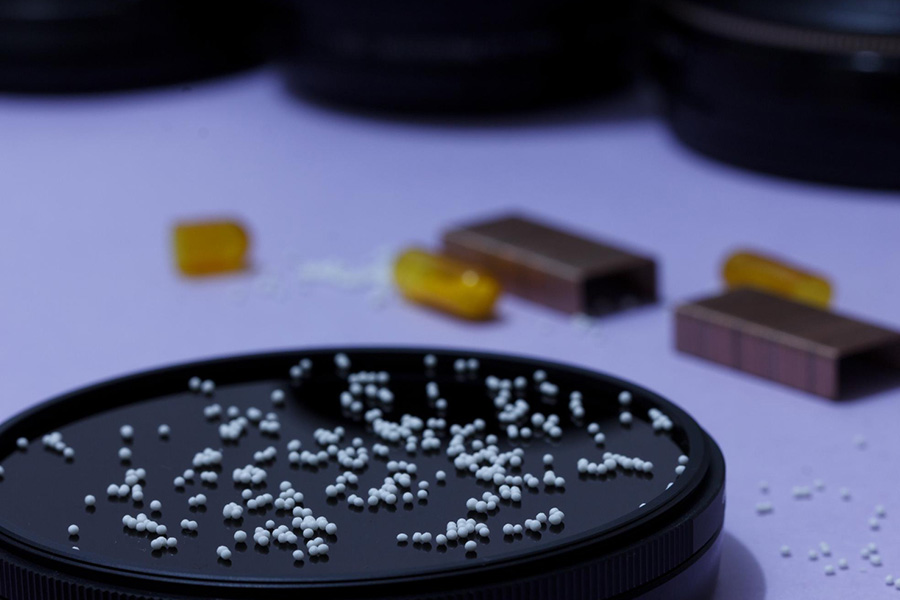
Phosphonium salts have emerged as versatile catalysts in organic synthesis, enabling efficient and selective transformations with applications in drug synthesis, materials science, and sustainable chemistry.
Authors
Abhishek Kumar, Department of Chemistry, Hansraj College, University of Delhi, M6H6+V3Q, Hansraj College, Delhi, 110007, India; Department of Chemistry, Queen Mary University of London, London, E1 4NS, United Kingdom
Mohammad Roshan Shoaib Savanura, Department of Chemistry, Hansraj College, University of Delhi, M6H6+V3Q, Hansraj College, Delhi, 110007, India
Shivi Garg, Department of Chemistry, Hansraj College, University of Delhi, M6H6+V3Q, Hansraj College, Delhi, 110007, India
Sandeep Kumar Singh, Associate Professor, Jindal Global Business School, O.P. Jindal Global University, Haryana, Sonipat, 131001, India
Manoj Kumar, Department of Chemistry, Hansraj College, University of Delhi, M6H6+V3Q, Hansraj College, Delhi, 110007, India
Sonu Kumar, Department of Chemistry, Hansraj College, University of Delhi, M6H6+V3Q, Hansraj College, Delhi, 110007, India
Summary
The phosphonium salts have established considerable importance in the rapid construction of biologically active natural and synthetic heterocyclic and carbocyclic scaffolds. This review summarizes recent advances in the catalytic applications and reagent-based studies of phosphonium salts from 2010 to 2024. Each scheme is presented with characteristic substrates, corresponding final products, and reaction conditions, thus making the reaction knowledge practical for synthetic chemists. Key phosphonium-catalyzed reactions, including alkylation, allylation, arylation, Wittig reaction, annulation, indole synthesis, thiophene and furan synthesis, and carbonyl compound preparation, are discussed in terms of their scope, classification, and plausible mechanisms.
These reactions showcase the salts’ ability to enable enantioselective transformations and phase-transfer catalysis, with innovations like chiral catalysts and metal-free methods enhancing efficiency. Their range corresponds well with areas such as drug synthesis, materials science development, and sustainable synthesis, influenced by fine-tuned catalytic systems. Mechanistic insights reveal ion-pairing, hydrogen-bonding, and radical pathways, broadening their synthetic utility. Recent developments, such as light-induced reactions and deep eutectic ionic liquids, highlight their potential for scalable, green chemistry. This review acts as a researcher-oriented guide, highlighting phosphonium salt’s growing application and envisioning new avenues to promote its input in drug discovery and beyond.
Published in: Asian Journal of Organic Chemistry
To read the full article, please click here.

